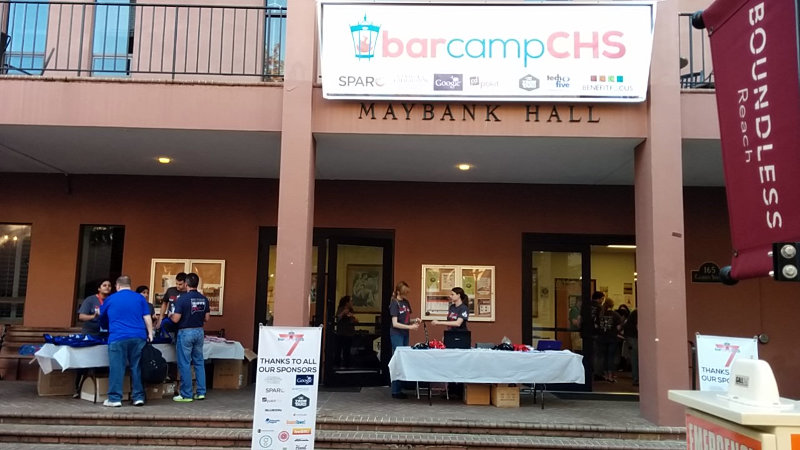On the dissection table today is an old Garmin StreetPilot 26100 GPS unit. This is one I used in the car about 7 years ago, and then has been sitting in the console box since I got cell phoned.
Undoing about 5 screws was all it took to separate the two halves of the GPS unit. A couple of ribbon cables and a wire connected the two halves.
Disconnecting the ribbon cables and wire gets us a good look at the boards. The board on the back half of the unit contains the CF card slot, mini-USB port and connections for power and computer connection.
The front half of the board is where all the interesting stuff is. Co-ax cables go from the patch antenna (top) and auxiliary antenna connector to the ICs that handle the GPS bits under the metal cover. Ribbon cables connect to the display, rear circuit board and the buttons at the front.
The patch antenna showed some discolouration and scratches. Not sure if that was during manufacturing, or if the unit was previously disassembled.
The patch antenna is soldered directly to the board and to the metal shield, so if I’m going to re-use it for something, I’ll have to cut it off. Removing the cover from this part shows a 32.735 MHz crystal and a bunch of other unidentified components.
Underneath the other shielding section on the right side of the board is the brains of the unit, a 16/32 bit ARM core RISC microprocessor.
Removing a few screws separates the main board from the display module. The other side of the main board contains a few more large ICs underneath a shielded area (128 Mb SDRAM, 512 Mb flash RAM, 16 Mb flash memory, Garmin BIOS ROM) and components associated with the display module.
Moving on to the display module, bending out a few tabs allows it to be removed from its metal frame. The touch screen display module consists of the front glass, the LCD module, some plastic gratings/diffuser sheets and the backlight unit. It’s an interesting little module. The backlight unit consists of a U-shaped light that shines into a block of plastic. One side of the plastic has a matted finish to help diffuse the light.
On top of the light are some plastic diffuser sheets that polarize, scatter and block some of the light.
Finally comes the LCD unit. Seems to be a pretty run of the mill LCD.
Not a whole lot of re-usable components in here. I’ll clip off the patch antenna for the junk bin and keep the buttons and mini-USB module. I might try to remove some of the larger components off the boards. Aside from that, the rest of it will probably end up in the electronics recycle box eventually.
Like this:
Like Loading...

















